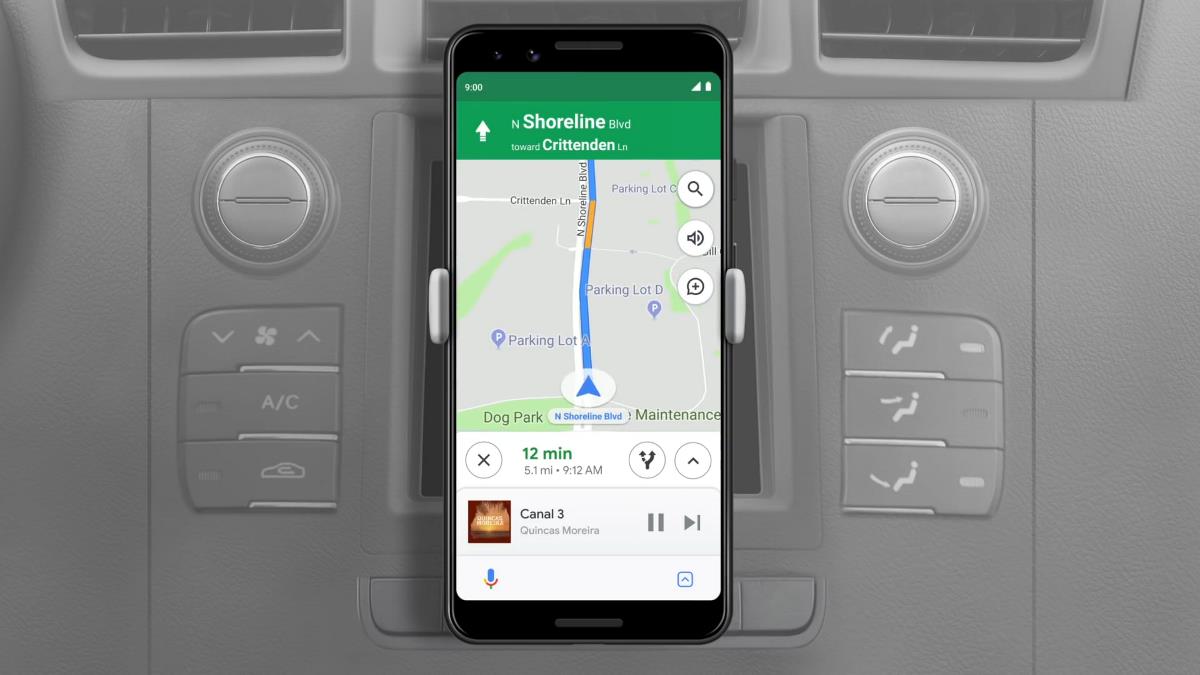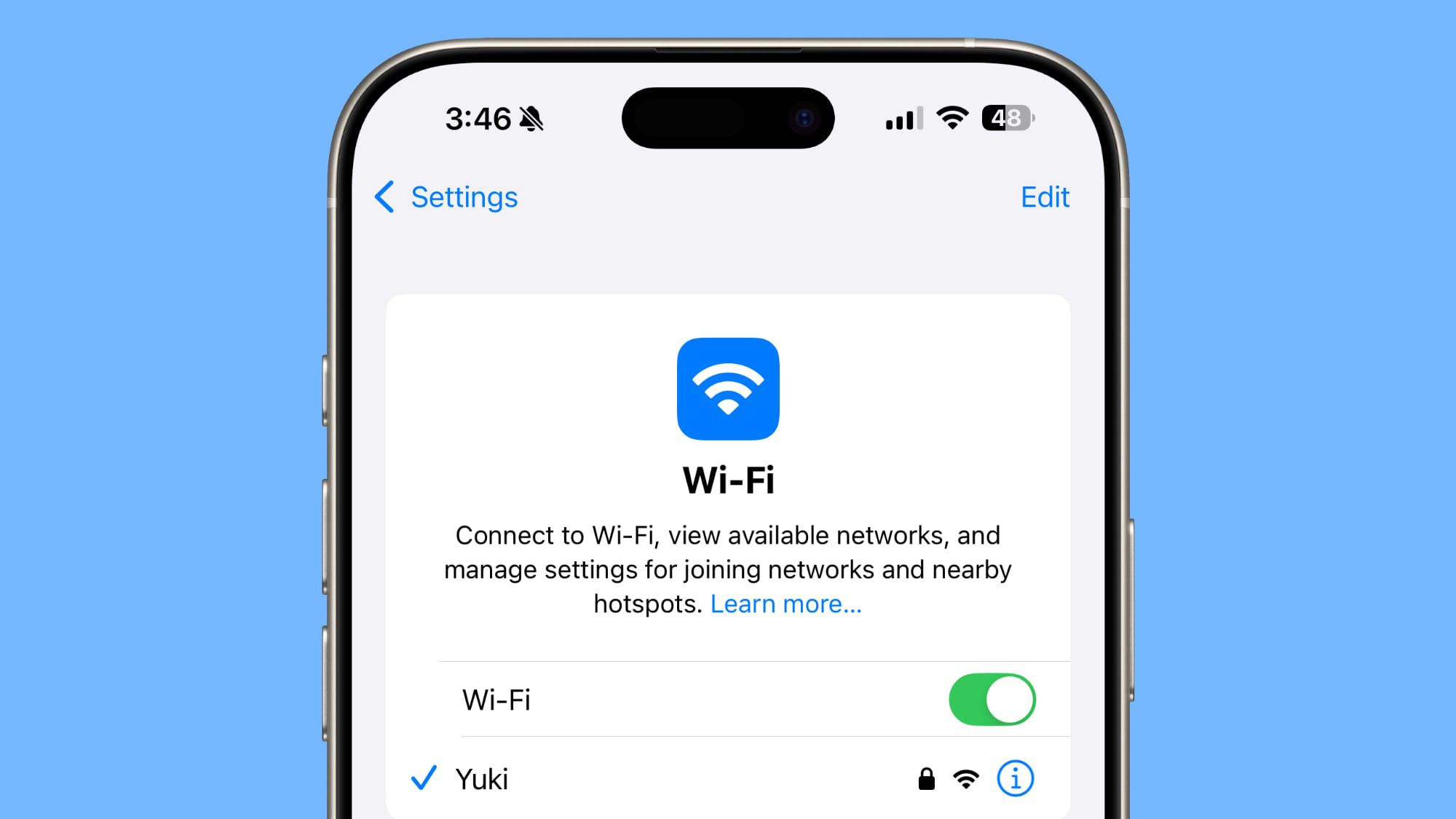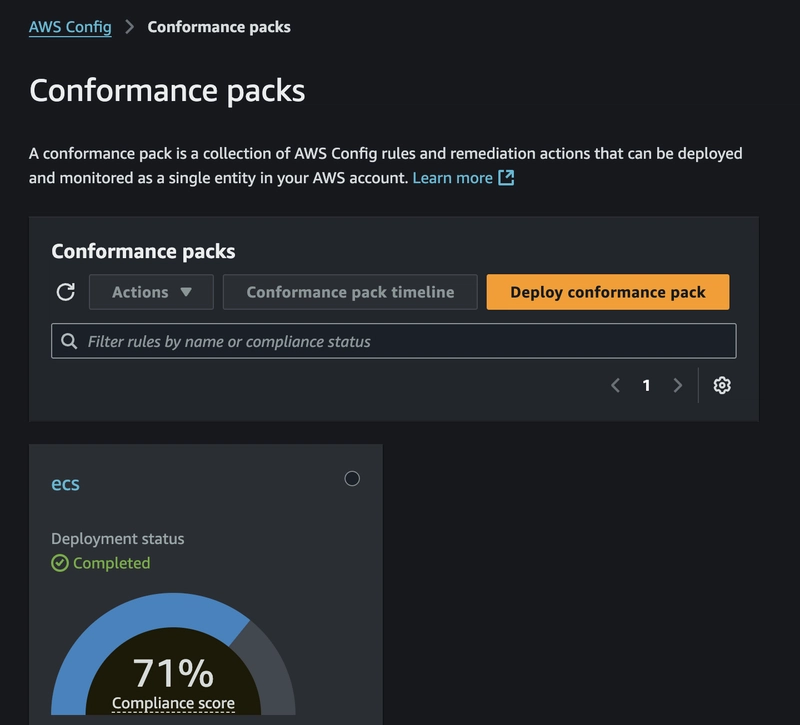How to Manage Settings in macOS Menu Bar Apps with SwiftUI?
Managing Settings in macOS Menu Bar Apps with SwiftUI When developing a macOS menu bar application using SwiftUI, integrating settings functionality can often present unique challenges. In this guide, we will address the following two common issues: How to bring the settings app to the foreground if it's already open? How to handle the app icon display on the dock when the settings window is opened? Let’s dive into these challenges and explore effective solutions. Understanding the Challenges Issue 1: Bringing the Settings App to Front The first issue arises when using SettingsLink to direct users to the settings. If the settings app is already open, users may find it frustrating when it does not appear in the foreground. This behavior is due to macOS’s default handling of application windows, which does not automatically re-activate them if they’re already open. Issue 2: Managing Dock Icon Visibility The second challenge concerns displaying the application icon in the dock when users navigate to settings via the SettingsLink. You've attempted various methods, including modifying the Info.plist and adjusting NSApp.setActivationPolicy(). However, identifying when the settings window is opened or closed can be tricky as there isn’t a straightforward notification system for this state. Solution to Issue 1: Bringing the Settings App Forward To ensure the Settings app is brought to the foreground if it’s open, you can leverage the NSRunningApplication class from the AppKit framework. Here’s a step-by-step solution: Step 1: Create a Function to Manage the Settings Link First, create a helper function that checks for running applications and brings the settings window to the front: import AppKit func openSettings() { let settingsApp = NSRunningApplication.runningApplications(withBundleIdentifier: "com.apple.systempreferences").first if let settings = settingsApp { settings.activate(options: [.activateIgnoringOtherApps]) } else { NSWorkspace.shared.open(URL(fileURLWithPath: "/Applications/System Preferences.app")) } } Step 2: Modify Your Menu Bar Item In the MenuBarExtra section of your app, use the openSettings() function: MenuBarExtra("Test", systemImage: "star.fill") { Button("Open settings") { openSettings() } } Solution to Issue 2: Handling Dock Icon Visibility To control the dock icon based on the settings window’s state, you'll want to manage the application's activation policy dynamically. We will also introduce observers for the application state changes. Step 1: Modify Info.plist Continue using the Application is agent key in your Info.plist but ensure it’s set correctly: Application is agent Step 2: Add State Observers to the AppDelegate In your AppDelegate, set up a listener to monitor the settings window state: import Cocoa final class AppDelegate: NSObject, NSApplicationDelegate { var settingsWindowObserver: NSObjectProtocol? func applicationDidFinishLaunching(_ aNotification: Notification) { NSApp.setActivationPolicy(.accessory) setupSettingsWindowObserver() } func setupSettingsWindowObserver() { settingsWindowObserver = NotificationCenter.default.addObserver(forName: NSWindow.didBecomeKeyNotification, object: nil, queue: .main) { notification in if let window = notification.object as? NSWindow, window.title == "Settings" { NSApp.setActivationPolicy(.regular) } } } deinit { if let observer = settingsWindowObserver { NotificationCenter.default.removeObserver(observer) } } } Summary By implementing the above solutions, you'll effectively handle both the foreground issue of the settings application and control how your app icon interacts with the macOS dock. Remember to test thoroughly to ensure a seamless user experience. Frequently Asked Questions 1. Can I create settings without a separate window? Yes, you can implement a settings popover directly within your menu bar app using SwiftUI views instead of opening System Preferences. 2. What other resources can help in SwiftUI app development? Explore Apple's official SwiftUI documentation, join developer forums, and communities like Stack Overflow for additional support.

Managing Settings in macOS Menu Bar Apps with SwiftUI
When developing a macOS menu bar application using SwiftUI, integrating settings functionality can often present unique challenges. In this guide, we will address the following two common issues:
- How to bring the settings app to the foreground if it's already open?
- How to handle the app icon display on the dock when the settings window is opened?
Let’s dive into these challenges and explore effective solutions.
Understanding the Challenges
Issue 1: Bringing the Settings App to Front
The first issue arises when using SettingsLink to direct users to the settings. If the settings app is already open, users may find it frustrating when it does not appear in the foreground. This behavior is due to macOS’s default handling of application windows, which does not automatically re-activate them if they’re already open.
Issue 2: Managing Dock Icon Visibility
The second challenge concerns displaying the application icon in the dock when users navigate to settings via the SettingsLink. You've attempted various methods, including modifying the Info.plist and adjusting NSApp.setActivationPolicy(). However, identifying when the settings window is opened or closed can be tricky as there isn’t a straightforward notification system for this state.
Solution to Issue 1: Bringing the Settings App Forward
To ensure the Settings app is brought to the foreground if it’s open, you can leverage the NSRunningApplication class from the AppKit framework. Here’s a step-by-step solution:
Step 1: Create a Function to Manage the Settings Link
First, create a helper function that checks for running applications and brings the settings window to the front:
import AppKit
func openSettings() {
let settingsApp = NSRunningApplication.runningApplications(withBundleIdentifier: "com.apple.systempreferences").first
if let settings = settingsApp {
settings.activate(options: [.activateIgnoringOtherApps])
} else {
NSWorkspace.shared.open(URL(fileURLWithPath: "/Applications/System Preferences.app"))
}
}
Step 2: Modify Your Menu Bar Item
In the MenuBarExtra section of your app, use the openSettings() function:
MenuBarExtra("Test", systemImage: "star.fill") {
Button("Open settings") { openSettings() }
}
Solution to Issue 2: Handling Dock Icon Visibility
To control the dock icon based on the settings window’s state, you'll want to manage the application's activation policy dynamically. We will also introduce observers for the application state changes.
Step 1: Modify Info.plist
Continue using the Application is agent key in your Info.plist but ensure it’s set correctly:
Application is agent
Step 2: Add State Observers to the AppDelegate
In your AppDelegate, set up a listener to monitor the settings window state:
import Cocoa
final class AppDelegate: NSObject, NSApplicationDelegate {
var settingsWindowObserver: NSObjectProtocol?
func applicationDidFinishLaunching(_ aNotification: Notification) {
NSApp.setActivationPolicy(.accessory)
setupSettingsWindowObserver()
}
func setupSettingsWindowObserver() {
settingsWindowObserver = NotificationCenter.default.addObserver(forName: NSWindow.didBecomeKeyNotification, object: nil, queue: .main) { notification in
if let window = notification.object as? NSWindow, window.title == "Settings" {
NSApp.setActivationPolicy(.regular)
}
}
}
deinit {
if let observer = settingsWindowObserver {
NotificationCenter.default.removeObserver(observer)
}
}
}
Summary
By implementing the above solutions, you'll effectively handle both the foreground issue of the settings application and control how your app icon interacts with the macOS dock. Remember to test thoroughly to ensure a seamless user experience.
Frequently Asked Questions
1. Can I create settings without a separate window?
Yes, you can implement a settings popover directly within your menu bar app using SwiftUI views instead of opening System Preferences.
2. What other resources can help in SwiftUI app development?
Explore Apple's official SwiftUI documentation, join developer forums, and communities like Stack Overflow for additional support.


































































































































































![[The AI Show Episode 145]: OpenAI Releases o3 and o4-mini, AI Is Causing “Quiet Layoffs,” Executive Order on Youth AI Education & GPT-4o’s Controversial Update](https://www.marketingaiinstitute.com/hubfs/ep%20145%20cover.png)






























































































































![[DEALS] Internxt Cloud Storage Lifetime Subscription: 10TB Plan (88% off) & Other Deals Up To 98% Off – Offers End Soon!](https://www.javacodegeeks.com/wp-content/uploads/2012/12/jcg-logo.jpg)
![Ditching a Microsoft Job to Enter Startup Purgatory with Lonewolf Engineer Sam Crombie [Podcast #171]](https://cdn.hashnode.com/res/hashnode/image/upload/v1746753508177/0cd57f66-fdb0-4972-b285-1443a7db39fc.png?#)
















































.png?width=1920&height=1920&fit=bounds&quality=70&format=jpg&auto=webp#)































































































































































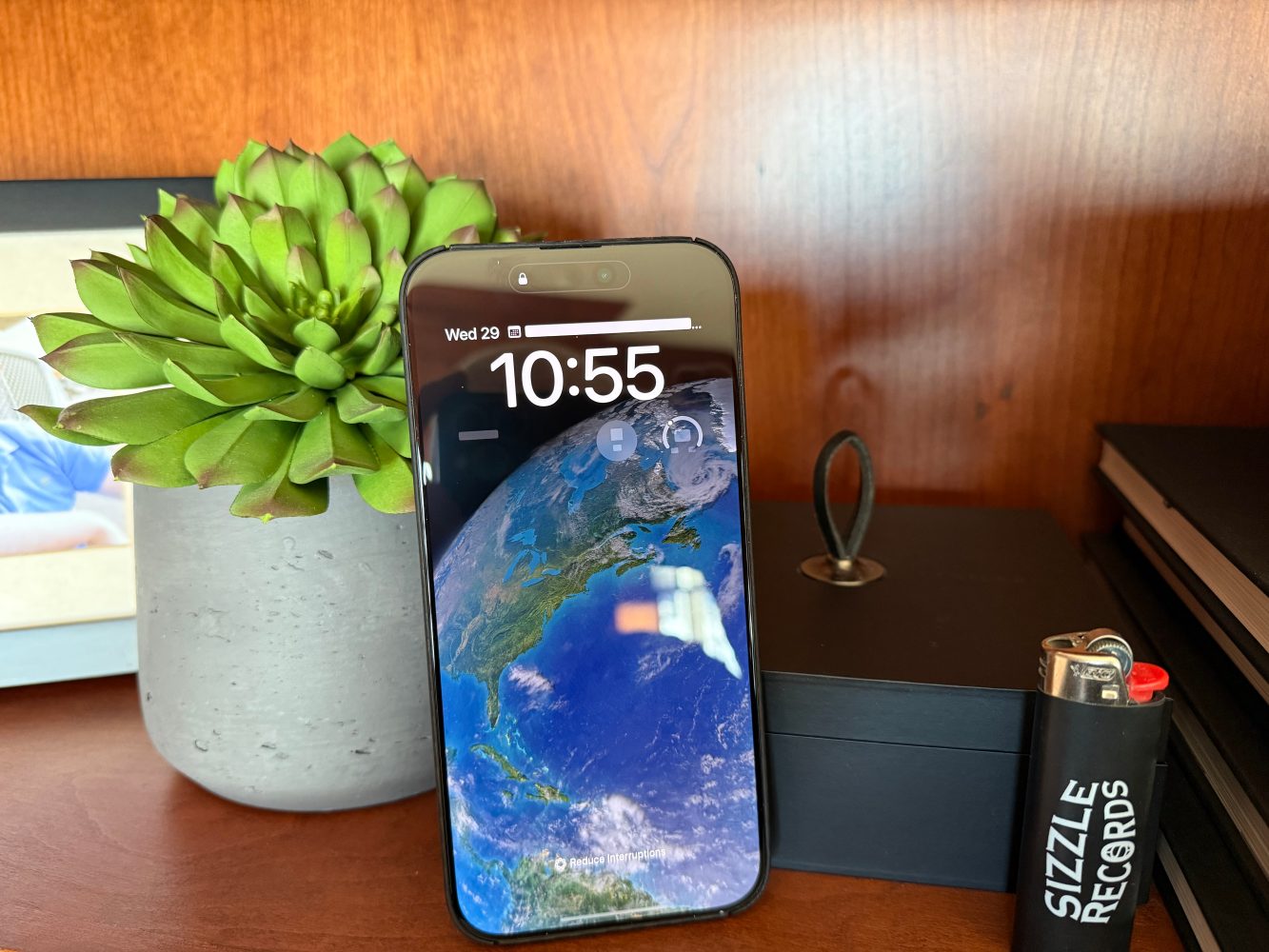



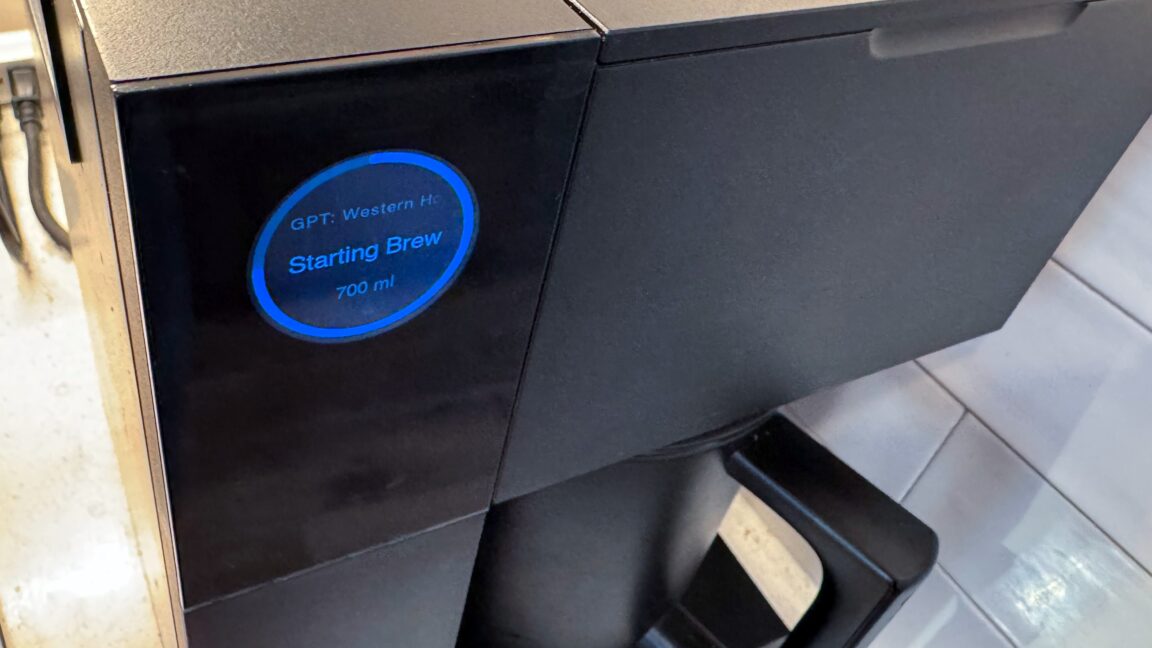



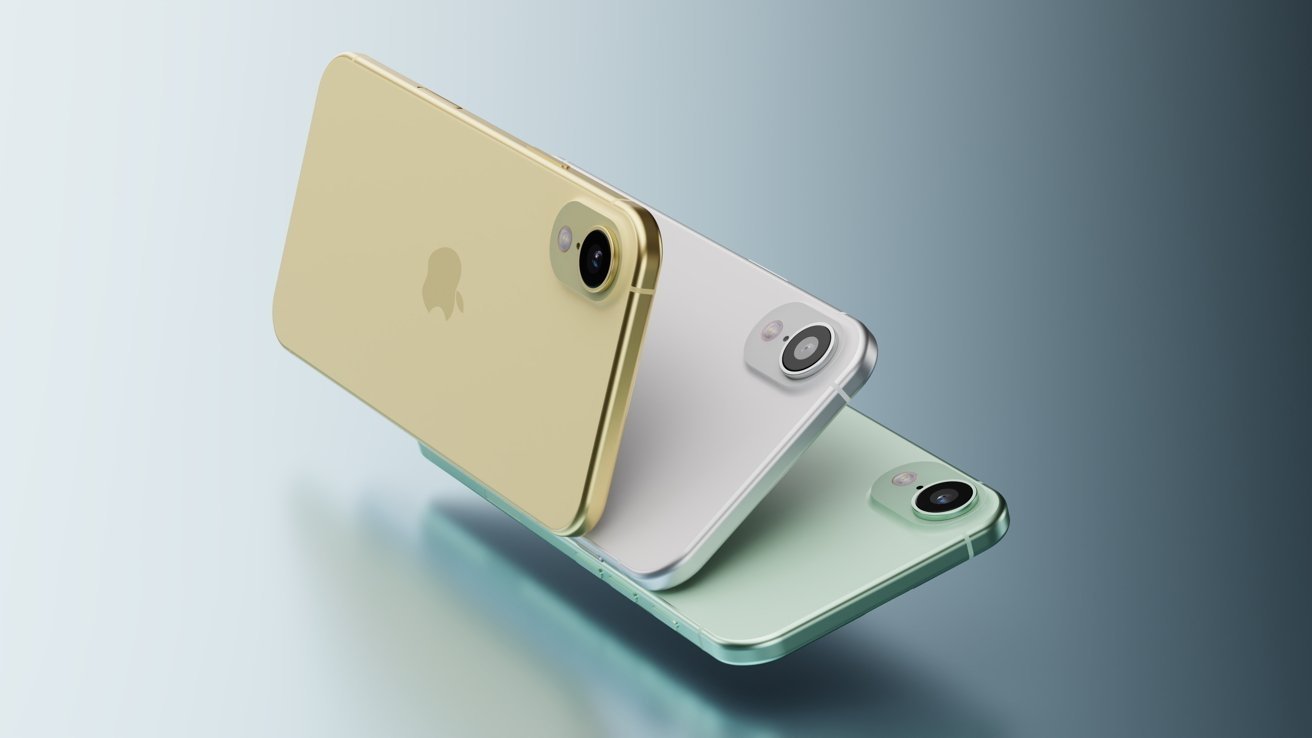

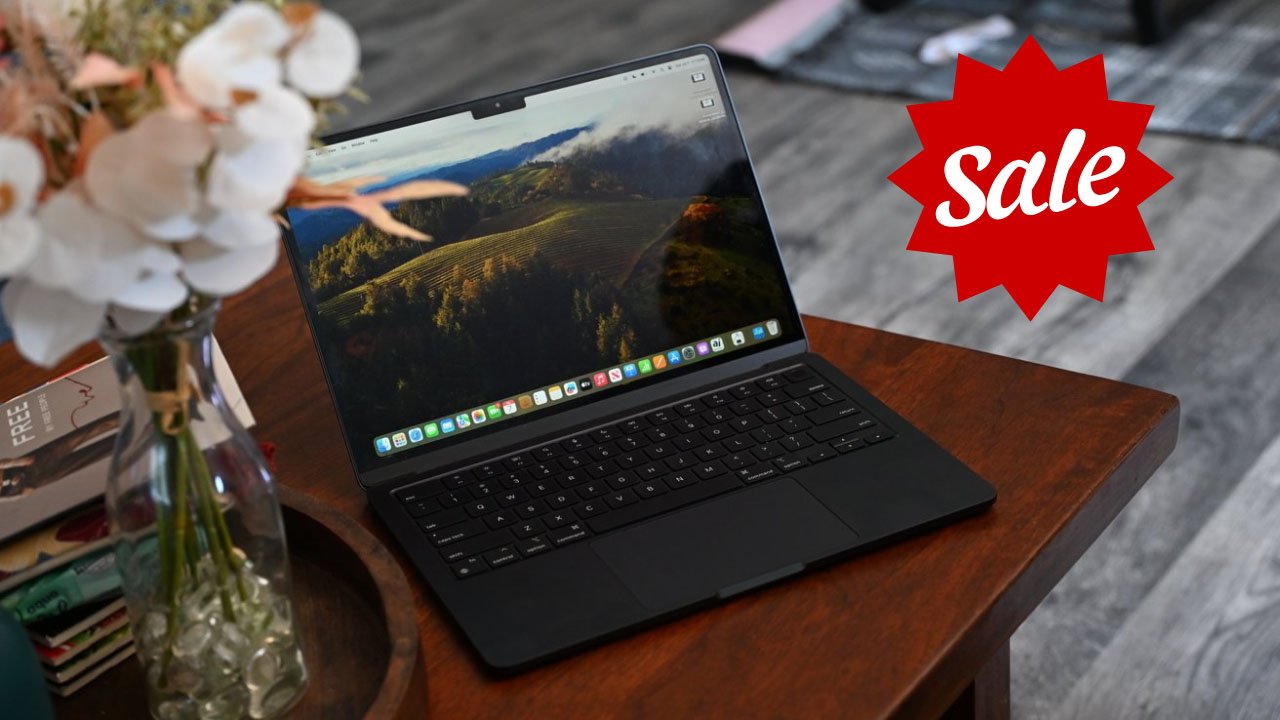
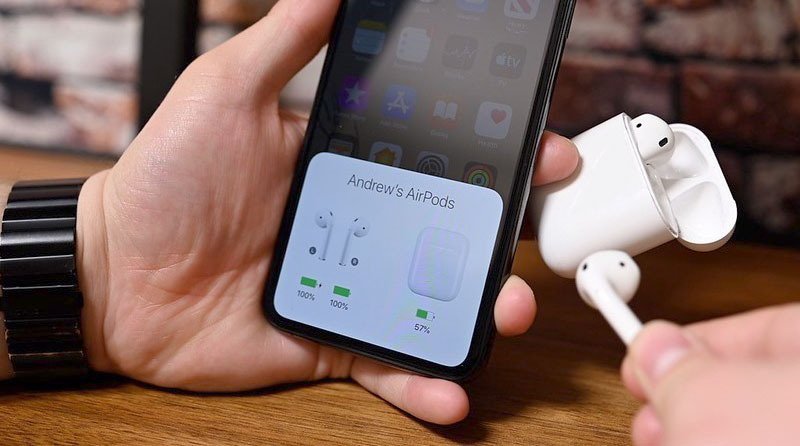





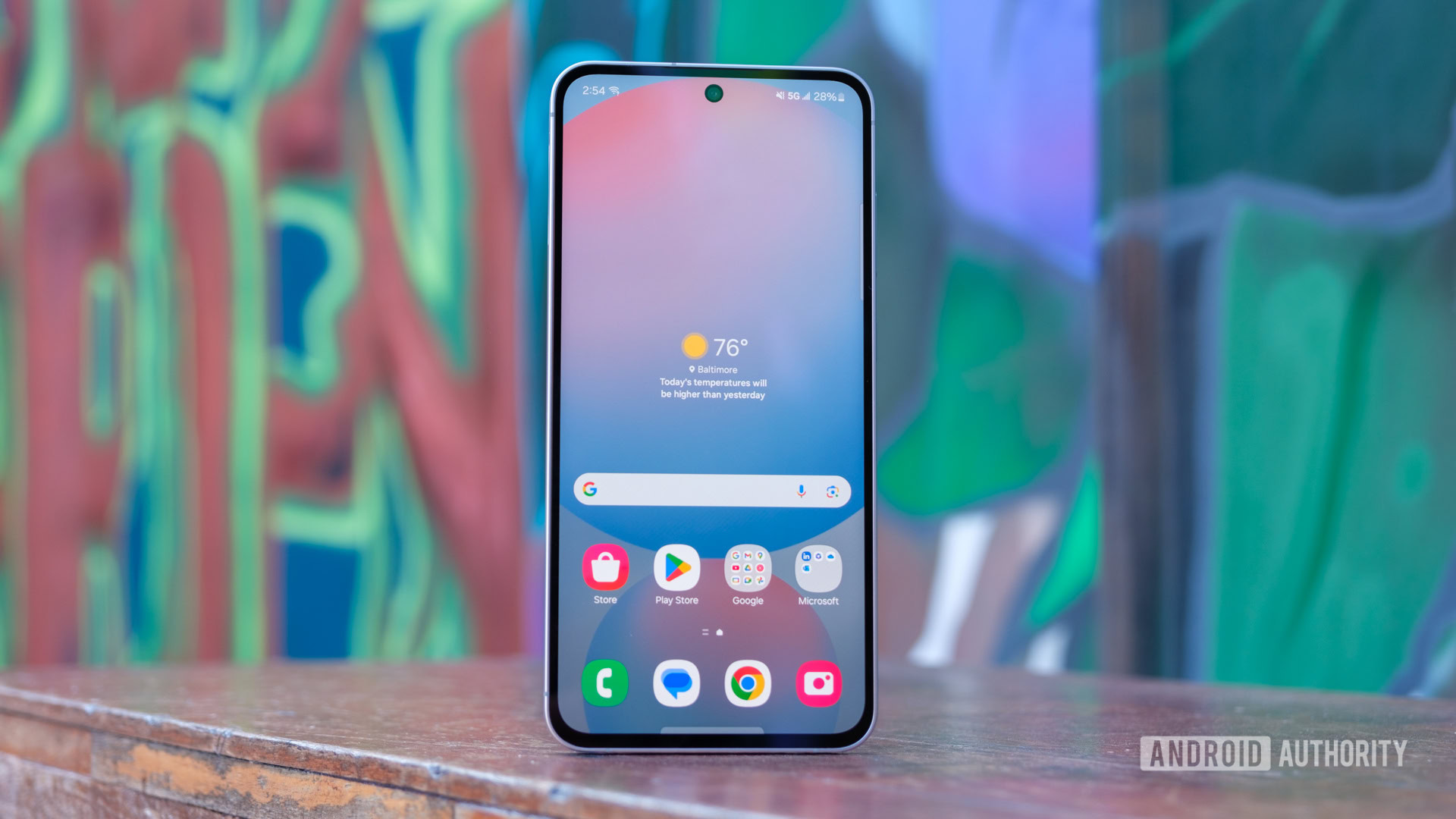

![Federal ‘click to cancel subscriptions’ rule delayed, may be weakened [U]](https://i0.wp.com/9to5mac.com/wp-content/uploads/sites/6/2024/10/Federal-click-to-cancel-subscriptions-rule-is-ratified.jpg?resize=1200%2C628&quality=82&strip=all&ssl=1)




![What Google Messages features are rolling out [May 2025]](https://i0.wp.com/9to5google.com/wp-content/uploads/sites/4/2023/12/google-messages-name-cover.png?resize=1200%2C628&quality=82&strip=all&ssl=1)
![[Fixed] Gemini 2.5 Flash missing file upload for free app users](https://i0.wp.com/9to5google.com/wp-content/uploads/sites/4/2025/03/google-gemini-workspace-1.jpg?resize=1200%2C628&quality=82&strip=all&ssl=1)












![So your [expletive] test failed. So [obscene participle] what?](https://regmedia.co.uk/2016/08/18/shutterstock_mobile_surprise.jpg)
![Apple Shares 'Last Scene' Short Film Shot on iPhone 16 Pro [Video]](https://www.iclarified.com/images/news/97289/97289/97289-640.jpg)
![Apple M4 MacBook Air Hits New All-Time Low of $824 [Deal]](https://www.iclarified.com/images/news/97288/97288/97288-640.jpg)
![An Apple Product Renaissance Is on the Way [Gurman]](https://www.iclarified.com/images/news/97286/97286/97286-640.jpg)
![Apple to Sync Captive Wi-Fi Logins Across iPhone, iPad, and Mac [Report]](https://www.iclarified.com/images/news/97284/97284/97284-640.jpg)




















